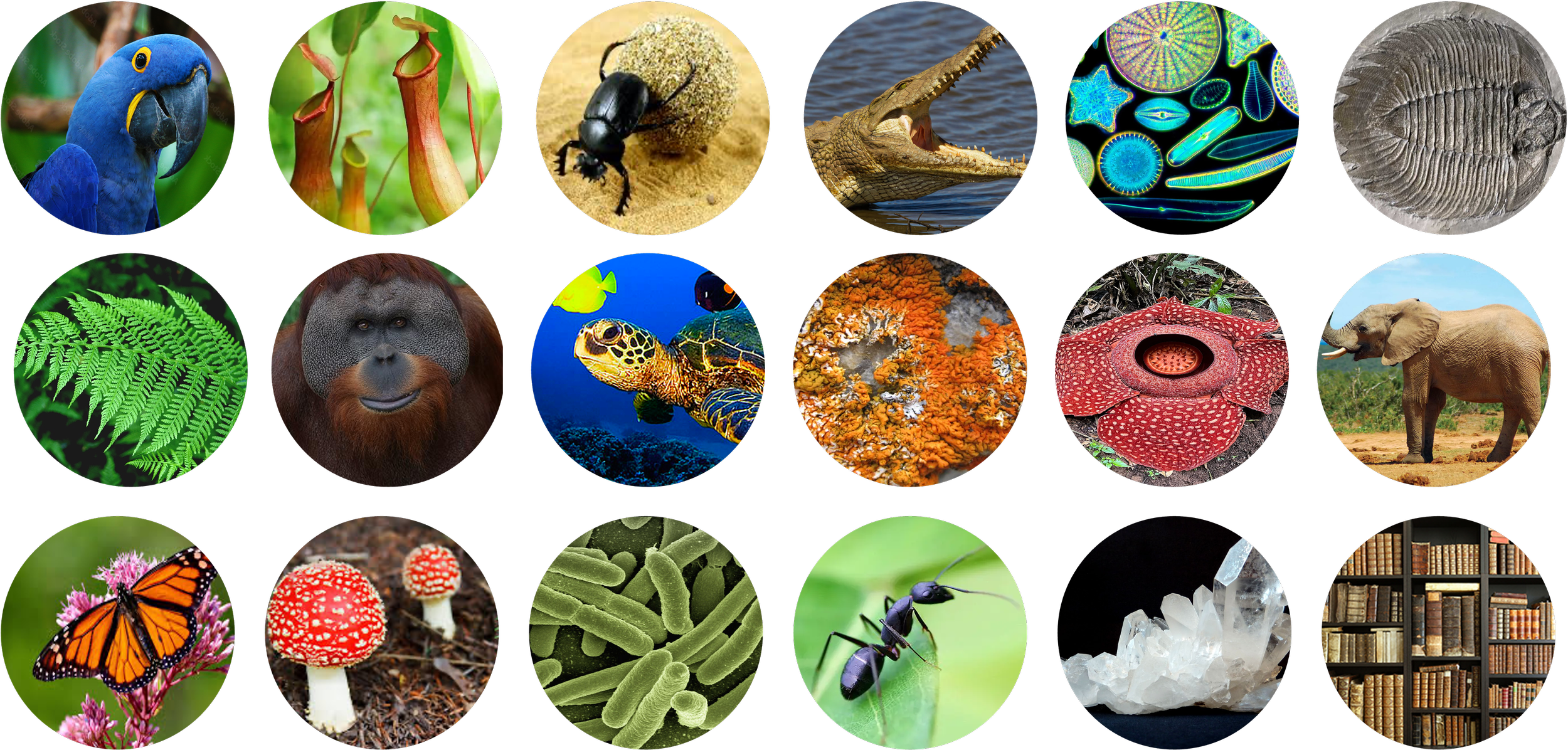Paleontology Collections
Our fossil collection provides insight into the evolution of organisms and our biosphere. The discovery of the first Swedish dinosaur opens up new avenues for Swedish paleontology. Given that Earth’s environment and geology has changed dramatically through the eons, fossils are the key to understanding climate change, biodiversity and population dynamics in our own time.
Future significance
Collection-based paleontological research has a 300-year tradition at Uppsala University, and our collections are still actively used in research and teaching by scientists from all over the world. From a scientific historical perspective, the collections represent the emergence and development of palaeontology as a research field in Sweden. Pioneer studies between 1908-1929 by Uppsala scientists of the Mesozoic fauna in the Svalbard archipelago, are today fundamental to the ongoing research collaboration on this material. The Sino-Swedish endevour during the 1920s, which gave us the Peking Man teeth (Homo erectus), was arguably the most significant scientific collaboration in the history of Swedish palaeontological research. It gave us one of the largest collections of Chinese fossil vertebrates outside China, and forged lasting ties between our two countries.
Collections
The palaeontological collections at the Evolutionsmuseet amount to ~300,000 specimens. The fossil vertebrate collection is the largest in Sweden, with mostly scientifically described specimens. World class sub-collections include fossils from Svalbard, Madagascar, Germany, England, East Greenland, USA and China. Our Chinese fossil vertebrates, the so-called Lagrelius collection, is unique as it came to Uppsala through a bilateral collaboration between China and Sweden in the 1920s. The Swedish fossil invertebrate collection contains significant material from Cambrian layers in Lapland, Jämtland, Närke and Västergötland, as well as historically and stratigraphically important specimens from the Ordovician in Dalarna, Uppland and Öland. The museum's collection of fossil plants is minor. Two sub-collections worth mentioning are plant fossils from Svalbard collected during expeditions in the 1920s, and material of Pliocene age from southern Japan described by Rudolph Florin.
Historical significance




